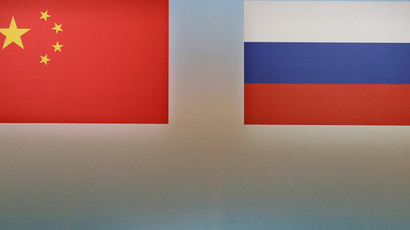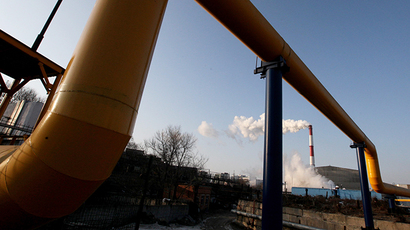Marco Polo in reverse: China pledges $40bn for new Silk Road

Beijing says it will spend $40 billion to revive the historic Silk Road and connect China with Central Asia, the Middle East and Europe - but this time, China will be the global power flexing its economic muscles.
Chinese President Xi Jinping said the ambitious project is
designed to "break the connectivity bottleneck" in Asia,
state media quoted him as saying during a meeting in the Chinese
capital with leaders from Bangladesh, Cambodia, Laos, Mongolia,
Myanmar, Pakistan and Tajikistan.
"Such a framework accommodates the needs of various countries
and covers both land and sea-related projects," Xi said,
adding that Asian nations are ready to "to get on board the
train of China's development."
The Chinese leader made his comments ahead of a separate summit of the Asia Pacific Economic Cooperation (APEC) organization, also being held in Beijing.
READ MORE: Pentagon raises specter of Chinese superiority to boost funding

Xi first raised the idea of a “New Silk Road Economic
Belt” in September 2013 in an effort to gain easier access
to global markets. The plan incorporates both a land route and a
sea route.
The land-based Silk Road is expected to start at Xi’an, the
capital of Shaanxi province, located in northwest China,
eventually heading southwest across Central Asia, the Middle East
and Europe, Xinhua news agency reported.
The Maritime Silk Road is planned to start near Guangdong on the
South China Sea and move to the Malacca Strait and the Indian
Ocean. From there it will traverse the Horn of Africa, heading
into the Red Sea and Mediterranean. Both the land and maritime
trade routes will end in Venice, a trading powerhouse in the
times of medieval adventurer Marco Polo, when Europe sought to
open up trade routes to Asia.
The project shows China’s newfound desire to invest in projects
outside of mainland China.
“Previously, China focused on attracting foreign investment,
but now the shift is being made -- China’s more and more
encouraging its capital to go abroad,” Feng Yujun, senior
researcher at the China Institutes of Contemporary International
Relations in Beijing, told Bloomberg Businessweek.
China will also create along the new Silk Road 20,000 centers
devoted to training "connectivity professionals" over
the next five years, Xi said.














